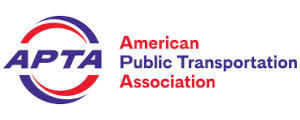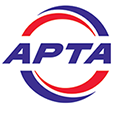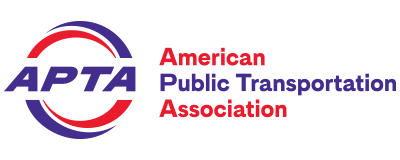Recommended Practice
Social and Economic Sustainability for Transit Agency
Abstract
These guidelines introduce recommended practices for designing and operating sustainable transit with a focus on the internal and external social and economic impacts. This document complements APTA SUDS-CC-RP-004-11, published on March 31, 2011.
Document History
| Document Number | Version | Publication Date | Publication | Related Information |
|---|---|---|---|---|
| APTA SUDS-CC-RP-005-18 | Original | 04/06/2018 | Published | Current |
Keywords
Access to jobs, affordability, asset management, community building and engagement, cost structure/debt ratio, DBEs, diversity, economic impact, education, employees and workforce, funding and grant management, financial management, green procurement, growth opportunities, healthcare, job creation, job satisfaction, leadership and governance, livability, local sourcing, mobility and accessibility, mode share, multimodal connectivity, placemaking, public and employee education programs, resilience, ridership, risk management, safety and emergency preparedness, services and goods, stakeholder interrelations, state of good repair, social justice, team building, universal design, value creation, wellness
Summary
For the transit industry to achieve true sustainability, it must take a holistic approach toward what a transit agency can and should contribute. This means designing and operating systems that are not only environmentally sustainable but also socially and economically valuable and viable. It means viewing transit’s contribution to a community’s economic and social development as just as vital as reducing its environmental footprint. These guidelines focus on practices that can maximize the positive economic and social impacts of transit
Get Involved
Want to participate in the development of this document? Join a Working Group or Learn More
Related Documents
|



